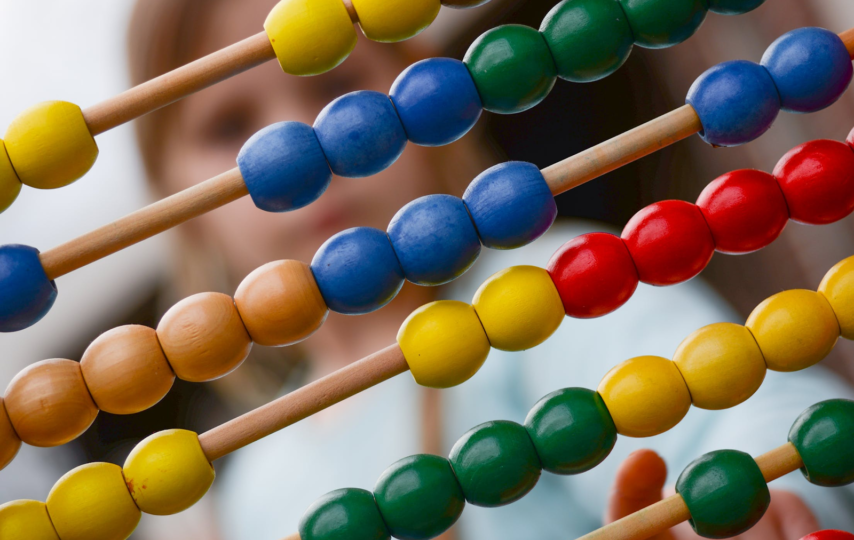Math has long been a subject that has troubled a significant percentage of the population. Children who are still getting used to the subject may benefit from some help. If you’re prepping your child to take on Grade 3 math, it’s a good idea to get a refresher on that subject too.
Let’s go over the many topics covered in the aforementioned subject in this article. Hopefully, the information detailed in this article will prove helpful to your child. Also, feel free to use the information here whenever you step into your role as their tutor at home.
Expanding the Understanding of Numbers
The third grade is when numbers really start to climb in value. Students are no longer just counting up to the hundreds or thousands.
Grade 3 math introduces students to numbers as high as 1 million via lessons in place value. At this point, students will also learn more about rounding up and rounding down those big numbers.
Do you also recognize the following symbols: < and >? Comparing numbers is an important component of third grade math. Your child will soon start to learn how to set two large numbers side-by-side and see which one holds greater value.
An Introduction to Roman Numerals
Third grade math is also the first subject that teaches kids about how to count letters. To be more specific, your children will be given an introduction to Roman numerals.
They’ll learn about the equivalent values for the different Roman numerals. They’ll also pick up tips on how to properly read the Roman numerals. Students will find out how the placement of the numerals affects their value.
Roman numerals are also used in a variety of mathematical operations. For third grade though, that’s a topic that will not be touched on too heavily.
Diving Deeper into Addition and Subtraction
Students will already have a basic level of understanding of addition and subtraction before they hit third grade. That’s why grade 3 math expands on what they already learned by making matters slightly more complex.
For students at the third grade level, addition and subtraction problems will feature more variety. They will be dealing with larger numbers. They will also be faced with problems that require regrouping.
Children at this stage of their education will also be taught how to solve math equations mentally. This is a pretty big step for many young learners, but it is an essential one. To get started, the mental math problems involving addition and subtraction will mainly involve smaller numbers.
Students will also be asked to work on longer worksheets prominently featuring addition and subtraction problems.
Focusing More on Multiplication
Do you still remember your multiplication tables? If you do, you’ll probably recall that they were mainly introduced right around the third grade.
Your kids will likely learn about the basics of multiplication before reaching third grade. This time around though, that topic will be expanded upon further.
Students will be introduced to more complex multiplication problems. They’ll be taught how to multiply two digits using one number. The topic of partial products will be explored as well.
Grade 3 math also shows kids how multiplication answers can form patterns. By the time they’re done with the subject, students may be capable of rattling off correct multiplication products in proper order.
The Basics of Division
Division can be a trickier mathematical operation to teach children. That’s why it’s not a subject that is taught too early. It’s a topic that students will only be able to grasp better once they have a better understanding of addition, subtraction, and multiplication.
Teachers will provide a detailed introduction of the division and what this particular operation is for. Division also bears a close resemblance to multiplication and that gives teachers a way to introduce the topic more effectively.
Division problems for third grade students will be quite simple in construction. The aim at this point is to get students more comfortable with using the operation. The more complicated equations can wait until the students have been adequately prepared.
Mixed Mathematical Operations
Math problems may require you to use more than one operation if you want to solve it. That’s something that students will eventually learn in their grade 3 math class.
Teachers will guide students as they tackle equations that require the use of multiple mathematical operations. Students will also be taught how to identify word problems that are calling on them to use more than one operation.
Fun with Fractions
Fractions are among the most enjoyable topics to teach because of the different ways they work as examples. You can use food, items inside the classroom, and even the students themselves as examples when discussing fractions.
The kids will learn about terms like numerators and denominators. They will also be taught why it’s important when certain fractions have common numbers.
Learning how to add, subtract, multiply, and even divide fractions is also important for third grade students. They will be shown how to perform those operations properly when the numbers involved aren’t whole.
Getting Started with Geometry
Grade 3 math represents the first time many young students will get a chance to learn about geometry. Geometry is a subject that they will be learning about for many years to come. For third graders, the focus will be on the fundamental elements of the subject.
Examples of topics students will be introduced to include angles and polygons. Students will also be taught how to identify the different types of angles as well as triangles. As for polygons, students will be tasked with solving for the area and perimeter of certain figures.
Preparing for Probability and Statistics
The topics of probability and statistics can be very confusing and intimidating especially for young learners. Many of the concepts included in those topics can be difficult to understand right away.
In Grade 3 math classes, only the basics of probability and statistics will be talked about. Students will be taught about terms such as mean, median, mode, and range. General ideas about probability and statistics will also be discussed throughout the classes.
Grade 3 math classes will present students with all kinds of varied topics. It’s an important class which helps solidify a student’s knowledge base while also preparing them for more complicated topics coming down the line. Make use of the details included here to help your child navigate the challenges of third grade math.












